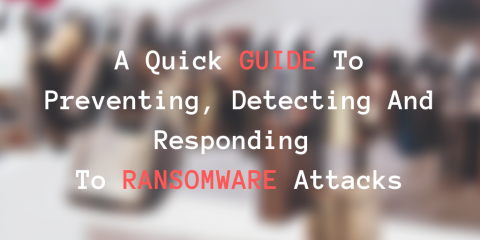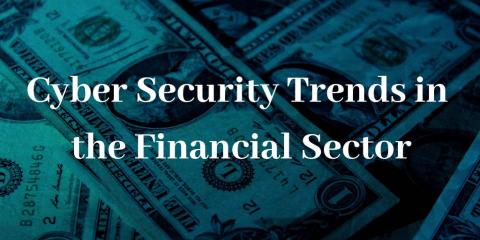Four Misconceptions About Ransomware Addressed
Ransomware has been a hot topic within the cyber security industry for quite some time now. It’s an often-lucrative cyber-attack method with an attractive return on investment. The motivation behind Ransomware attacks tends to be primarily financial, as cyber criminals can’t resist such easy opportunities to achieve their malicious goals. Ransomware is effective given that almost every individual or organization owns or has access to digital assets which are valuable to them.







